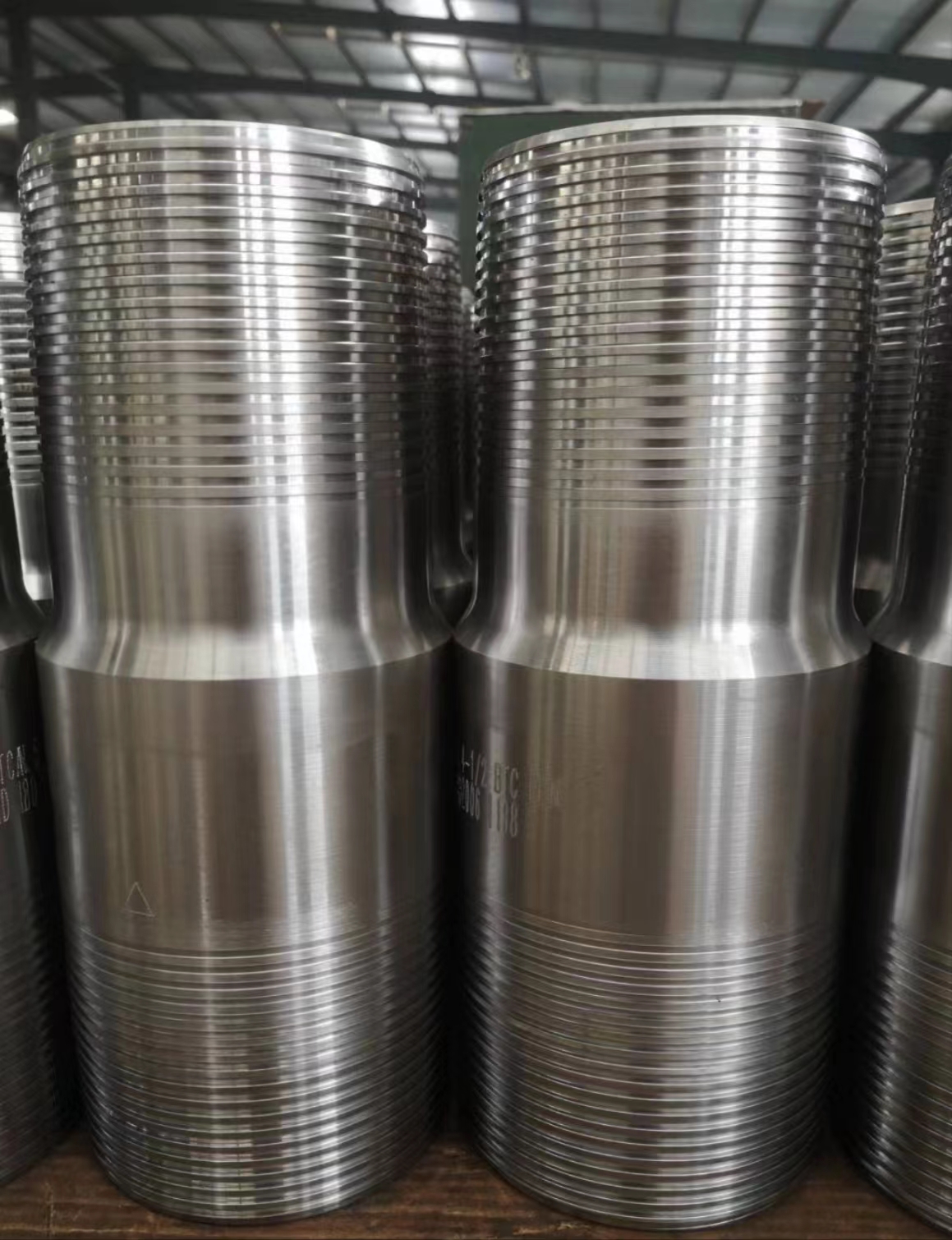- Afrikaans
- Albanian
- Amharic
- Arabic
- Armenian
- Azerbaijani
- Basque
- Belarusian
- Bengali
- Bosnian
- Bulgarian
- Catalan
- Cebuano
- Corsican
- Croatian
- Czech
- Danish
- Dutch
- English
- Esperanto
- Estonian
- Finnish
- French
- Frisian
- Galician
- Georgian
- German
- Greek
- Gujarati
- Haitian Creole
- hausa
- hawaiian
- Hebrew
- Hindi
- Miao
- Hungarian
- Icelandic
- igbo
- Indonesian
- irish
- Italian
- Japanese
- Javanese
- Kannada
- kazakh
- Khmer
- Rwandese
- Korean
- Kurdish
- Kyrgyz
- Lao
- Latin
- Latvian
- Lithuanian
- Luxembourgish
- Macedonian
- Malgashi
- Malay
- Malayalam
- Maltese
- Maori
- Marathi
- Mongolian
- Myanmar
- Nepali
- Norwegian
- Norwegian
- Occitan
- Pashto
- Persian
- Polish
- Portuguese
- Punjabi
- Romanian
- Russian
- Samoan
- Scottish Gaelic
- Serbian
- Sesotho
- Shona
- Sindhi
- Sinhala
- Slovak
- Slovenian
- Somali
- Spanish
- Sundanese
- Swahili
- Swedish
- Tagalog
- Tajik
- Tamil
- Tatar
- Telugu
- Thai
- Turkish
- Turkmen
- Ukrainian
- Urdu
- Uighur
- Uzbek
- Vietnamese
- Welsh
- Bantu
- Yiddish
- Yoruba
- Zulu
casing pup joint
Understanding Casing Pup Joints A Key Component in Oil and Gas Operations
In the oil and gas industry, ensuring the integrity and efficiency of well constructions is paramount. One crucial component that plays a significant role in this aspect is the casing pup joint. This article will delve into the importance of casing pup joints, their applications, and the factors influencing their selection.
What is a Casing Pup Joint?
A casing pup joint is a short section of pipe that can be added to the casing string to achieve the necessary length to reach the desired depth of a well. Typically, a pup joint is welded or threaded at both ends and comes in a variety of lengths and diameters. While only a few feet long—ranging from 1 to 10 feet—these joints are essential for fine-tuning casing strings, ensuring proper fit and alignment within the wellbore.
Importance of Pup Joints
Casing pup joints serve several vital functions in oil and gas operations
1. Correct Length Adjustment When drilling a well, the depth requirements may vary due to geological considerations or equipment specifications. Pup joints provide a simple solution to achieve the necessary depth without the need for cutting and re-threading existing casing.
2. Facilitating Installation During the casing installation process, achieving the desired configuration can be challenging. Pup joints allow for modifications on-site, facilitating a more straightforward and efficient installation process.
3. Cost-Effectiveness Using pup joints can be a cost-effective solution compared to purchasing full-length casing sections. This not only reduces material costs but also minimizes waste.
casing pup joint

4. Maintenance and Repair In cases where sections of the casing are damaged or require replacement, pup joints can help in making necessary adjustments with minimal disruption to the existing casing structure.
Selection of Casing Pup Joints
Choosing the right casing pup joint involves several considerations
1. Material Properties Pup joints are typically made from carbon steel or alloy steel, depending on the environmental conditions they will face. It is essential to select materials that can withstand high pressures, corrosive substances, and high temperatures.
2. Dimensions and Specifications The diameter and length of pup joints must match the main casing string. Proper dimensions ensure that connections remain secure, and the structural integrity of the well is maintained.
3. Thread Types There are various threading options available, including API (American Petroleum Institute) and premium threads. The choice of thread type can impact not only the sealing capabilities but also the ease of assembly and disassembly during maintenance.
4. Standards and Regulations The oil and gas industry is subject to stringent regulations. Pup joints must comply with API standards as well as other local and international regulations, ensuring safety and reliability in operations.
Conclusion
In summary, casing pup joints are a critical element in the construction and maintenance of oil and gas wells. Their ability to adjust casing lengths, facilitate installations, and provide cost-effective solutions underscores their importance in the industry. Understanding the various factors involved in selecting the appropriate pup joints will not only enhance operational efficiency but also contribute to the safety and reliability of drilling operations. As technology advances, the development of new materials and specifications for casing pup joints will continue to evolve, paving the way for more effective and safer oil and gas extraction processes.
-
Tubing coupling plays a significant role in the chemical industryNewsApr.03,2025
-
The Importance of Tubing Crossover in Various Industrial FieldsNewsApr.03,2025
-
The characteristics and important role of Tubing Pup JointNewsApr.03,2025
-
Characteristics and functions of Pup jointNewsApr.03,2025
-
Characteristics and Functions of Pup Joint PipeNewsApr.03,2025
-
Application of Coupling Casing in Various ScenariosNewsApr.03,2025







